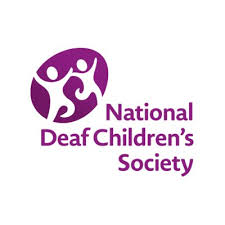The DfE has recently issued the latest statistics on special educational needs. Ian Noon, Head of Policy and Research at the National Deaf Children’s Society, has made some preliminary analysis of the statistics which I am sure will be of interest. Thank you to Ian for agreeing to share it.
Ian writes:
Unless otherwise stated, figures are for where hearing impairment has been identified as the primary SEN in the School Census in England. It doesn’t include young people still in education but who have left school. As we know from CRIDE, a large portion of deaf children are missing from these stats and so the below needs to be used with caution.
- The number of deaf children with SEN overall is up by 3% from 21,167 to 21,746 over last year. This is being driven by the increase in those at SEN support stage – up by 5%
- There has been a drop in the number of deaf children with statements or EHC plans – 2% in last year. This reverses a small increase last year. The overall figure is now 11% lower than in 2009 when these reports started being published.
- There has been a 10% decline in the overall number of SEN resource provisions/units in the past year. The figures don’t indicate for which type of SEN these resource provisions/units are.
- Among deaf children with SEN, 52% are boys, 48% girls. This difference is less marked than in children with SEN overall where it’s 67:33.
- 20% of deaf children claim free school meals, compared to 26% of all SEN and 14% of all children.
- 32% of deaf children are from a minority background, the same proportion as in all children. There are proportionally more deaf Asian children (15% compared to 11% in all children) and proportionally fewer Black or Mixed deaf children.
- 23% of deaf children speak English as an additional language, compared to 17% of all SEN and 19% of all children.
- There are 5,092 children where hearing impairment has been identified as a secondary need. This brings the total identified as having a hearing impairment to 26,838. Most common ‘other’ needs are speech, language and communication needs (13%), moderate learning difficulty (7%) and specific learning difficulty (3%).
- Data on the number of deaf children with SEN by LA is also available. There have been some marked year on year drops in some LAs.
The full statistics can be seen here: https://www.gov.uk/government/collections/statistics-special-educational-needs-sen?utm_source=97180360-85cb-4c40-9ddc-ea0babdf1046&utm_medium=email&utm_campaign=govuk-notifications&utm_content=immediate



